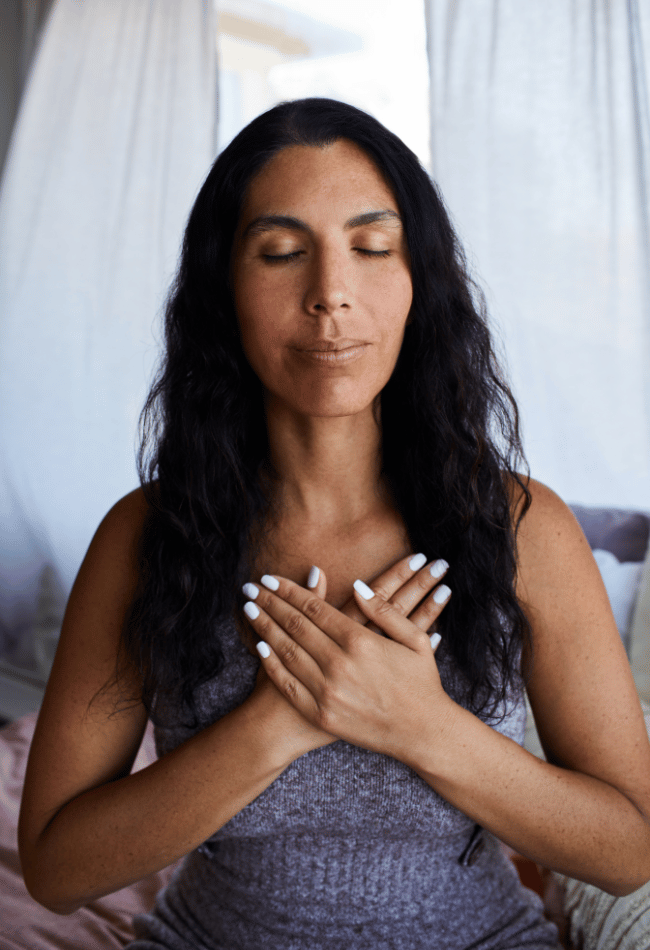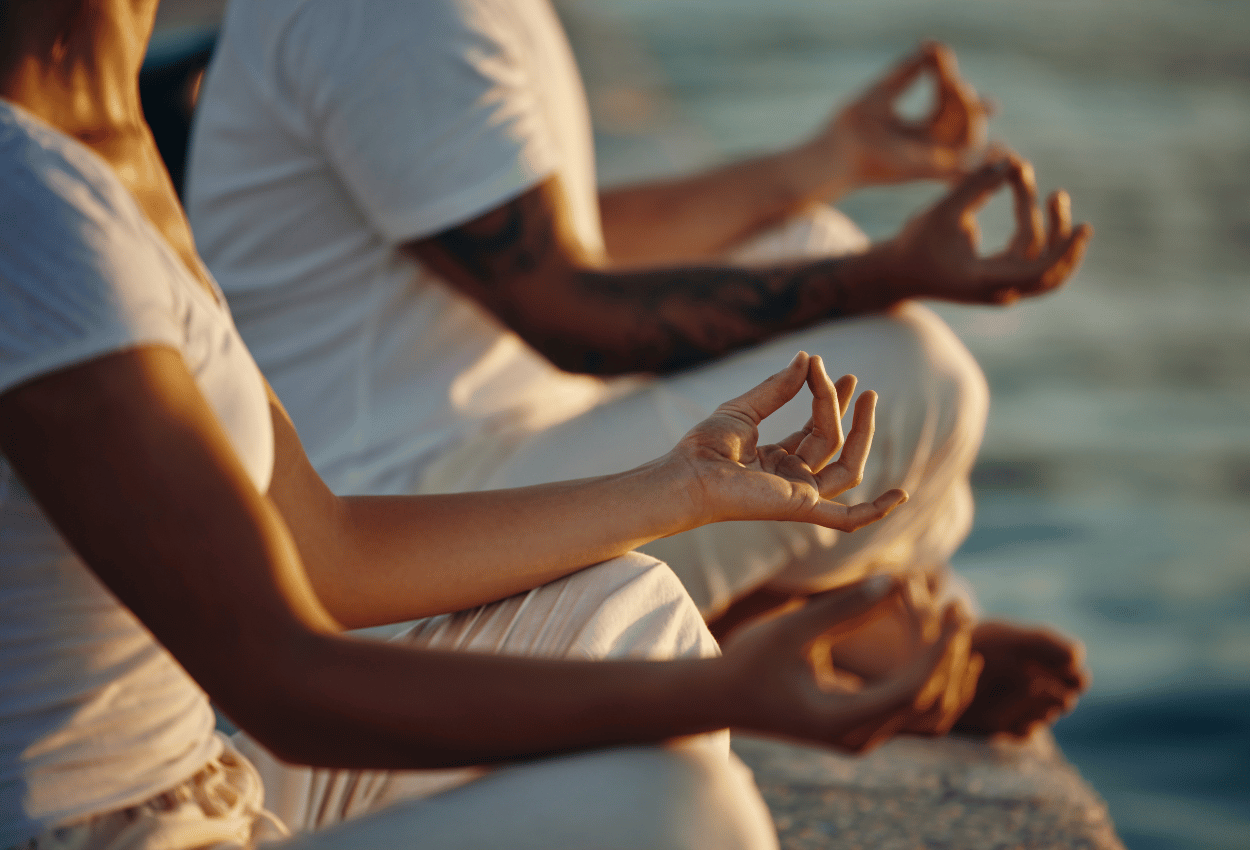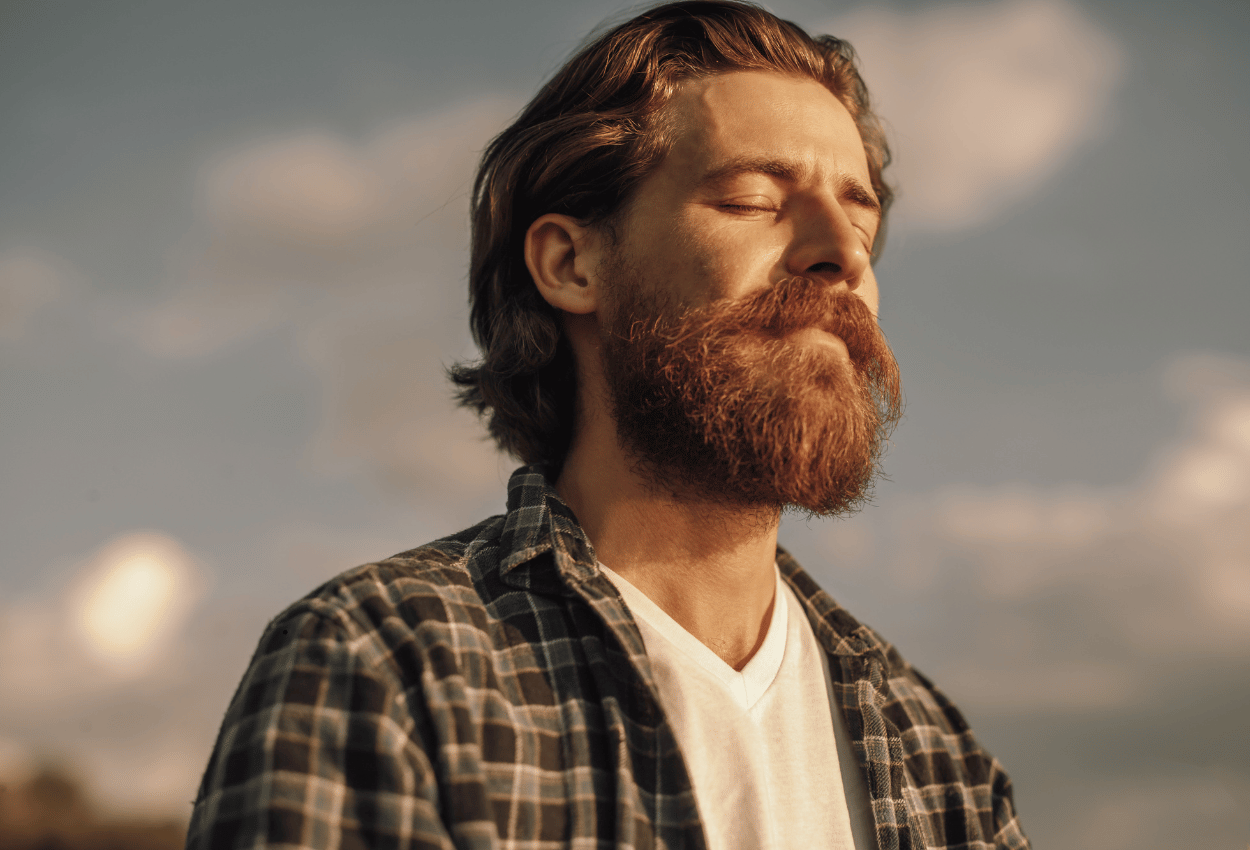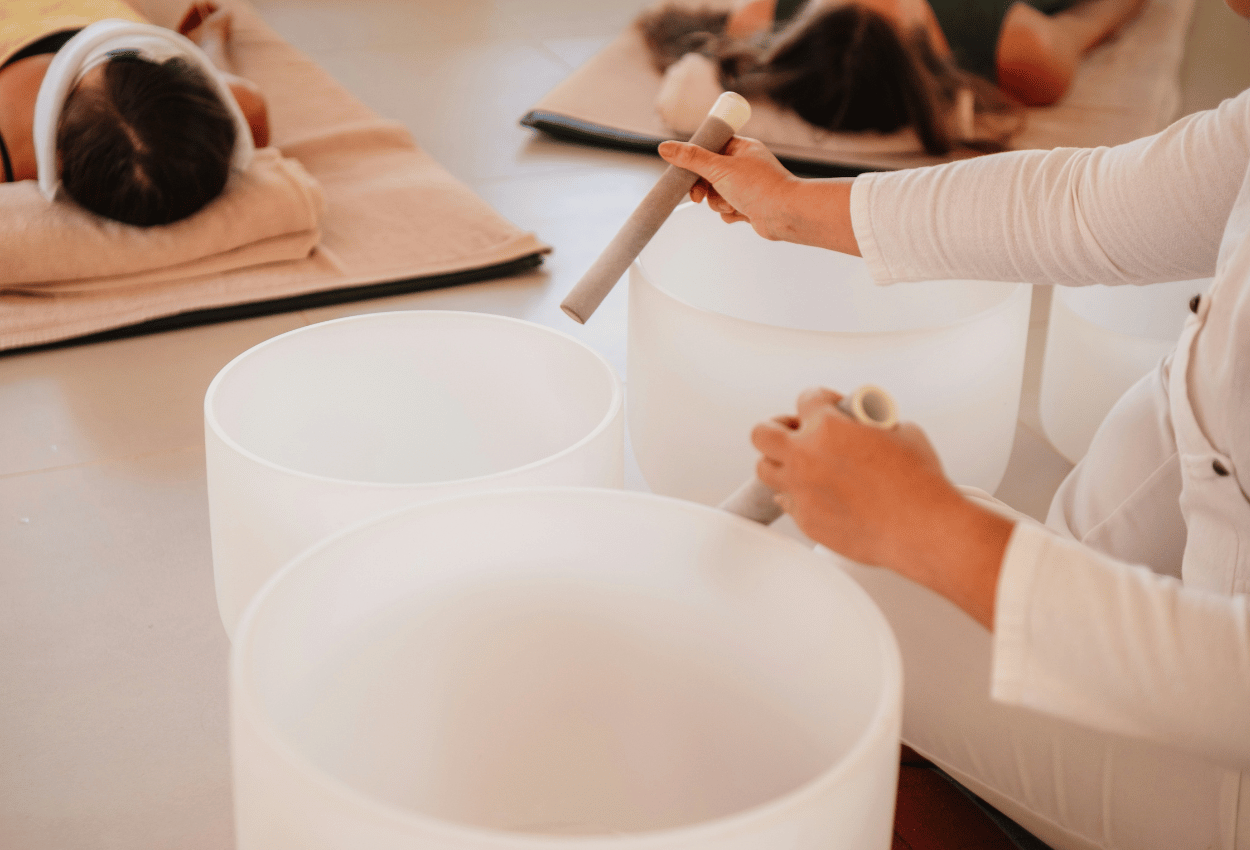10 Polyvagal Therapy Exercises to Try Alone or With a Group
Difficult life experiences can leave you feeling on edge, stuck, and disconnected from yourself and others, even for years after they've occurred. While traditional talk therapy focuses on the brain's response, polyvagal theory recognizes the importance of integrating the wisdom of the body.
Hi, I'm Francesca Maximé. As a somatic therapist and coach, I specialize in helping creatives, high-achievers, and marginalized millennials find deep healing through mind-body practices.
I've seen firsthand how incorporating the principles of polyvagal theory can have a transformative impact on my clients' overall well-being. By tapping into the link between the nervous system and our emotional responses, I've been able to help dozens of people reduce stress, improve their relationships, and increase their quality of life.
I know this is possible for you, too. That's why I've rounded up some of my favorite polyvagal exercises in this blog post. Here, you can start repeating the benefits of nervous system regulation from the comfort of your own home.
Let's dive in.
What is the polyvagal theory in simple terms?
Polyvagal theory was introduced by Dr. Stephen Porges in 1994. The theory focuses on the role of the nervous system in trauma recovery. There are three main principles of polyvagal theory, which I've distilled here:
The hierarchy of the autonomic nervous system (ANS). According to polyvagal theory, our nervous system has three states. When feeling relaxed, our parasympathetic nervous system is activated. When something triggers us, our sympathetic nervous system is activated and we're sent into fight or flight mode. However, when we continue to feel threatened or overwhelmed even after our fight or flight reaction is activated, we may enter dorsal vagal shutdown, feeling shut down or frozen.
Neuroception. This concept refers to our nervous system's ability to continuously scan our surroundings (including the people around us) for cues. We then subconsciously process these pieces of information to determine whether we're safe or unsafe, and our nervous system responds accordingly.
Co-regulation. Polyvagal theory suggests that our nervous system has a "social engagement system," meaning that we can attune to people around us to help us calm our stress responses.
For more detailed information about each of these components, you can read more on the Polyvagal Institute's website.
How do you use the polyvagal theory in practice?
Since so much of our nervous system functions subconsciously, polyvagal theory is already at play in your life whether you're aware of it or not!
With that said, it is possible to consciously use tools to increase your mind-body connection and improve your mental health and well-being. By incorporating polyvagal exercises like the ones in this article, you'll be able to feel more grounded and present in your day-to-day life.
10 polyvagal exercises for anxiety, trauma, and more
While these exercises aren't a replacement for working with a qualified somatic practitioner, they offer an excellent starting point. Here, I'll cover exercises that you can try on your own at home both by yourself and with others.
Polyvagal exercises to try on your own
Try one of these polyvagal therapy exercises next time you're feeling anxious or overwhelmed.
1. Deep breathing
Example: 4-7-8 breathing
How to do it: Inhale for four seconds, hold your breath for seven seconds, and exhale for eight seconds. Repeat for several cycles.
Nervous system benefit: Studies show that deep breathing improves vagal tone, or the function of the vagus nerve, which plays a major part in the body's relaxation response
2. Meditation
Example: Body scan meditation
How to do it: Listen to this guided body scan meditation from psychologist and meditation teacher Tara Brach.
Nervous system benefit: Research suggests that meditation can reduce the body's stress response.
3. "Voo" sound
Example: Make the "voo" sound when you exhale.
How to do it: Listen to a guided practice like this one from the free meditation app Insight Timer for step-by-step instructions.
Nervous system benefit: Making the "voo" sound is said to promote relaxation via vagus nerve stimulation.
4. Mindfulness exercises
Example: 5-4-3-2-1 technique
How to do it: Scan your environment and take care to notice five things you can see, four things you can touch, three things you can hear, two things you can smell, and one thing you can taste.
Nervous system benefit: This practice can connect you in the present moment, which can help you feel more calm and grounded.
5. Progressive muscle relaxation
Example: Tense and release various muscle groups in the body.
How to do it: Follow this script from the VA to help you get started.
Nervous system benefit: Releasing tension in the physical body can produce a calming sensation.
Polyvagal theory exercises to try with others
Tap into the power of co-regulation by trying these polyvagal exercises with another person or group of people.
6. Synchronized breathing
Example: Work with another person (or group) to make the rhythm of your breathing match up.
How to do it: Sit across from someone and synchronize your breath. Take note of the rise and fall of each other's bodies and take slow, deep breaths together.
Nervous system benefit: Deep breathing can stimulate the vagus nerve, and doing it alongside someone else promotes nervous system function through co-regulation.
7. Eye gazing
Example: Maintain eye contact with another person.
How to do it: Sit across from someone and gaze into their eyes for an extended period of time. Make sure to breathe deeply and consider taking each other's hands as well.
Nervous system benefit: This practice can help you cultivate a sense of safety with another person, which can send signals to your nervous system to help you relax.
8. Group dance
Example: Move your body in a joyful way to "shake off" feelings of dysregulation.
How to do it: Attend a local dance class or throw an impromptu dance party in your living room!
Nervous system benefit: Movement is an excellent way to discharge "stuck" or anxious energy, and doing so in a group setting allows for natural co-regulation.
9. Sound bath
Example: Let the calming feelings of a sound bath wash over you.
How to do it: Attend a local sound bath session or tune into an online practice with a friend.
Nervous system benefit: Research shows that singing bowl meditations can promote feelings of relaxation and decrease stress.
10. Gratitude practice
Example: Engage in a daily gratitude practice with a friend.
How to do it: Invite a friend to text you one thing they're grateful for each day and share your own gratitude in return.
Nervous system benefit: Focusing on the positives can give you a sense of safety and calm.
Final thoughts on polyvagal therapy exercises
Though traditional therapy can be helpful in many situations, some people continue to feel stuck and disconnected even after years of attending regular sessions.
That's why I'm so passionate about the power of somatic practices. The body holds an inherent wisdom, and it can't be ignored no matter how hard we try. Instead of pushing our physical sensations away, I invite you to turn toward your feelings and gently embrace them.
The polyvagal therapy exercises I share here can help you do just that. By cultivating an intentional relationship with your nervous system, you offer yourself the potential for safety, groundedness, and connection to yourself and others.
I love working directly with individuals and couples at my practice, Maximé Clarity. Though I'm based in New York, virtual coaching allows me to connect with people across the state, country, and world. The power of somatic healing is available to anyone and everyone—let's discover what it can do for you.







